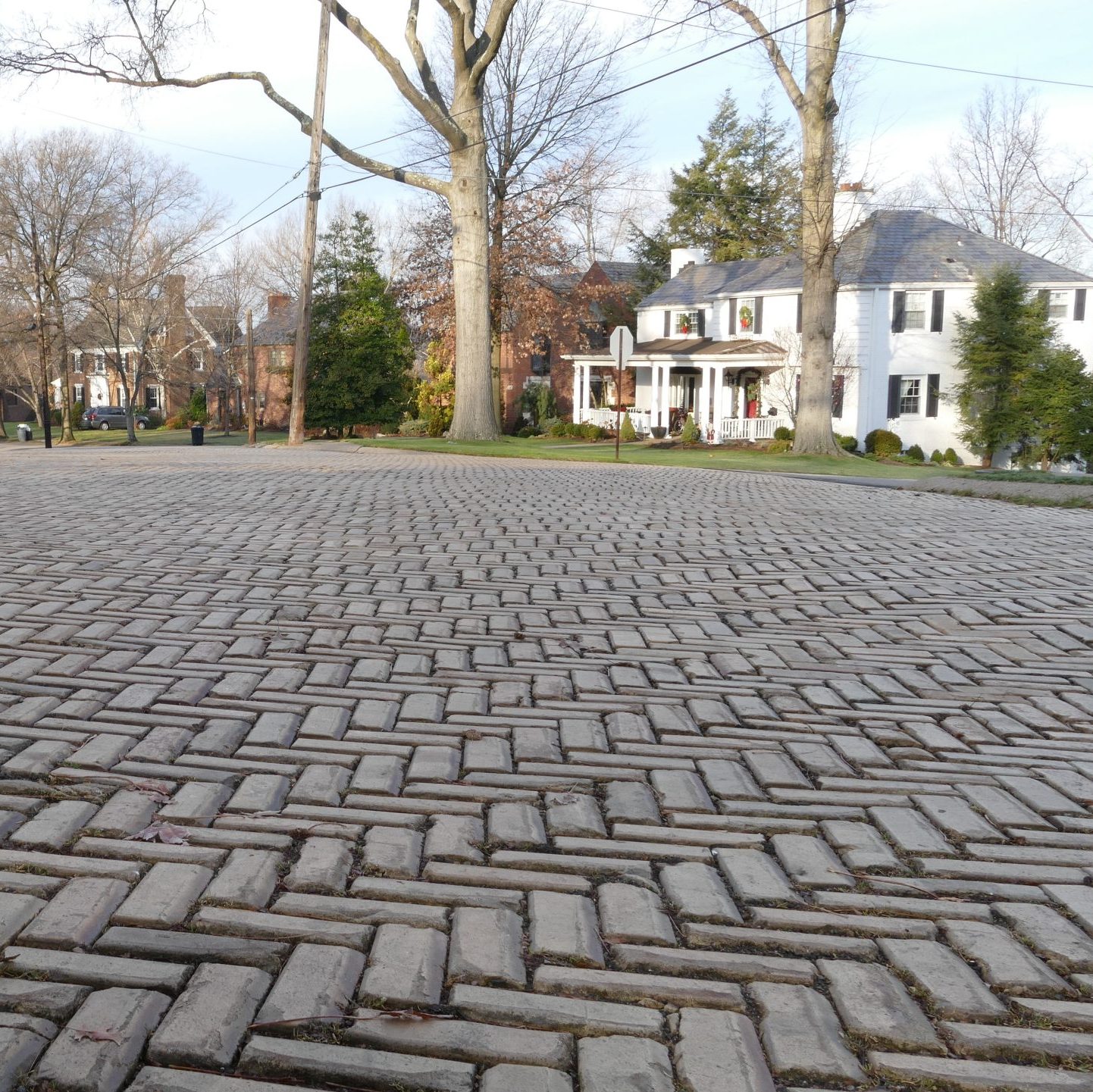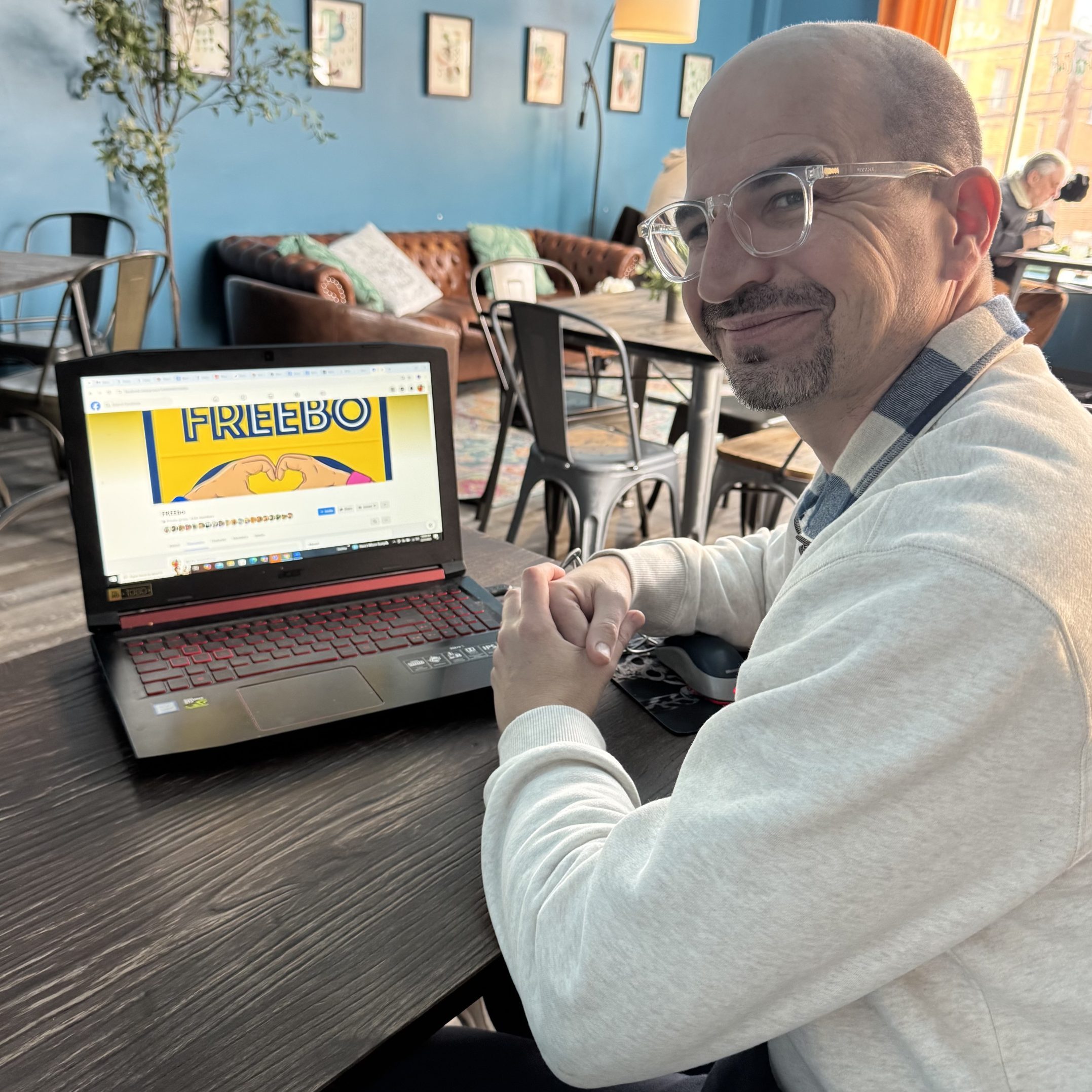in the field of observation

Even if you’re not a star-gazer, the historic Allegheny Observatory is worth a look. So one cloudy, windswept fall night, I took a close look when I signed up for a free lecture and tour.
Sitting high atop a hill overlooking Riverview Park in Pittsburgh’s Perry North neighborhood, the Observatory is now a research facility owned by the University of Pittsburgh. On a clear, sunny day, if you are standing on Grandview Avenue in Mt. Washington taking in the view across the river, you can see the Observatory’s classic domes peeking out over the green leafy hillside in the distance like white balloons caught in trees.
But as I stood directly in front of the Observatory and saw it up close, I encountered an imposing edifice which dwarfed everything around it. In the blackness of night, isolated and surrounded by woods, with the haunting wind howling, the Observatory reminded me of Kennywood Park’s Ghostwood Estate.
While we waited on the portico to gain entry, as if reading my mind, another tourist remarked, “This place is creepy.”
Creepy? Yes, but maybe more like moody and mysterious. Definitely a made-for-TV setting for a spooky tale by Edgar Allan Poe.
After the door opened, the tour guide led us up to the smallest dome and we each took turns peering through the telescope known as the Fitz-Clark Refractor where I was thrilled to see the tiny image of Saturn complete with its rings, glowing like a shiny flying saucer. Luckily, the clouds had parted at that moment, allowing us to view this planetary wonder and experience the telescope’s power first-hand.
We then headed down to the lecture hall where the tour guide related the history of the Observatory, dating back to 1859 when a group of businessmen formed the Allegheny Telescope Association and established the original Observatory building above Federal Street on the North Side. But in 1867, the Association ran out of funds, so they donated the Observatory to the Western University of Pennsylvania, forerunner of the University of Pittsburgh.
(Don’t look for the original building. It was demolished in the 1950s. What you find there now is Triangle Tech. They built the current structure on a new site, moving the Observatory there in 1912.)
University officials named Samuel Pierpont Langley as the Observatory’s first director, and among other things, he conducted research on sunspots which is still relevant today. Subsequent directors, James Edward Keeler and John Brashear, also made important contributions to astronomy. Brashear even developed high quality lenses for telescopes used worldwide.
On the tour, we passed an impressive life-size statue of Brashear prominently displayed in the first-floor hallway. In the wall beside the statue hangs a magnificent stained glass window with brilliant colors depicting Urania, the Greek muse of astronomy, who stands against a jet blue sky in a mesmerizing, dreamlike posture.
We also visited the largest dome in the Observatory which houses the huge 8,000-pound, 47-foot-long telescope called the Thaw Refractor. There we witnessed the dome being opened to the night sky and the moving floor being lifted and lowered to adjust to the astronomers’ needs so they don’t have to climb ladders to reach the telescope.
The tour ended in the Observatory’s basement where we visited a crypt containing the ashes of Brashear and Keeler along with family members. The memorial plaque for John and Phoebe Brashear reads, “We have loved the stars too fondly to be fearful of the night.”
As I stepped back into that night and glanced up at the stars, I thought of a poem by William Wordsworth in which he laments, in part:
The world is too much with us; late and soon,
Getting and spending, we lay waste our powers;–
Little we see in Nature that is ours;
We have given our hearts away, a sordid boon
I also thought of what Shakespeare said in Julius Caesar: “The fault, dear Brutus, is not in our stars, but in ourselves.”
Perhaps it’s time for us to return to gazing at the heavens like the ancients. Time for us to contemplate the sun and moon and planets and stars. Time for us to lose ourselves in wonder at the infinite universe once again.
Maybe only then can we find our precarious place in the world and better understand our finite human fate.





